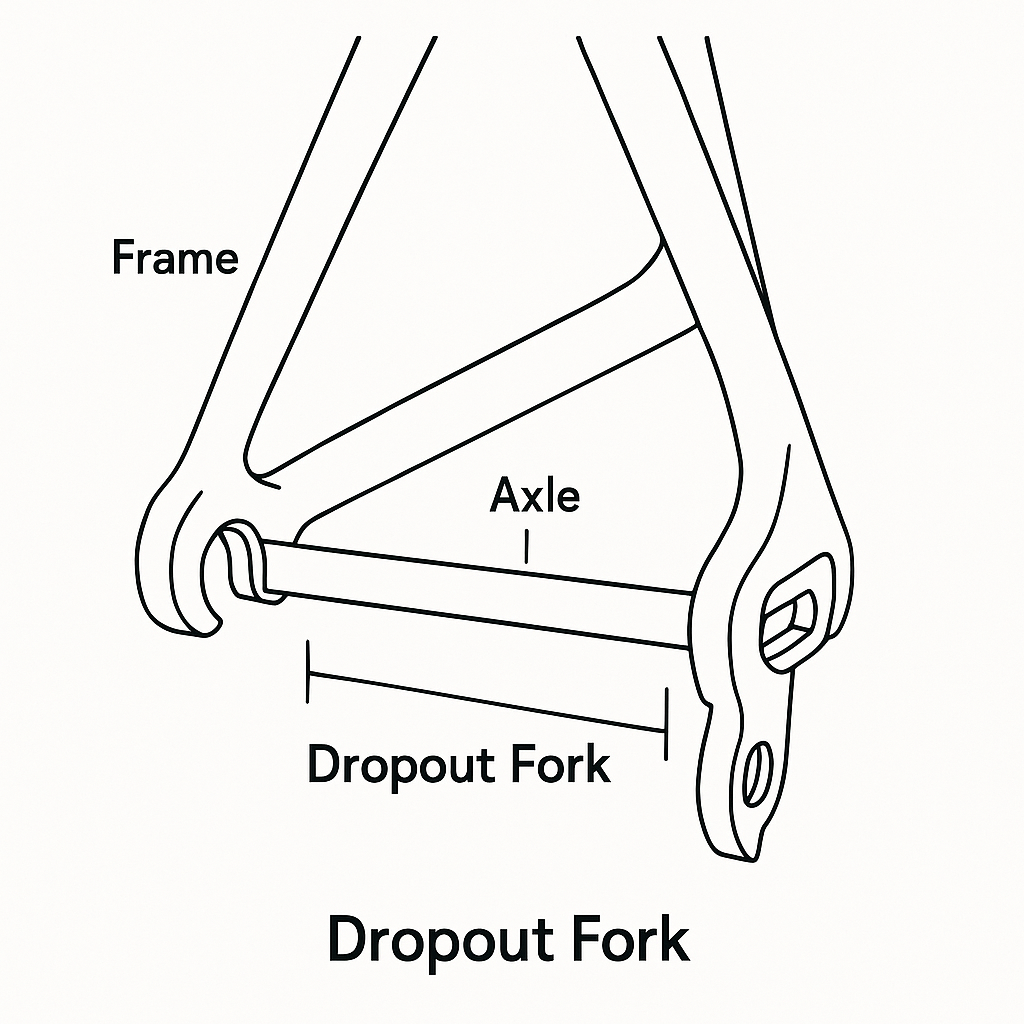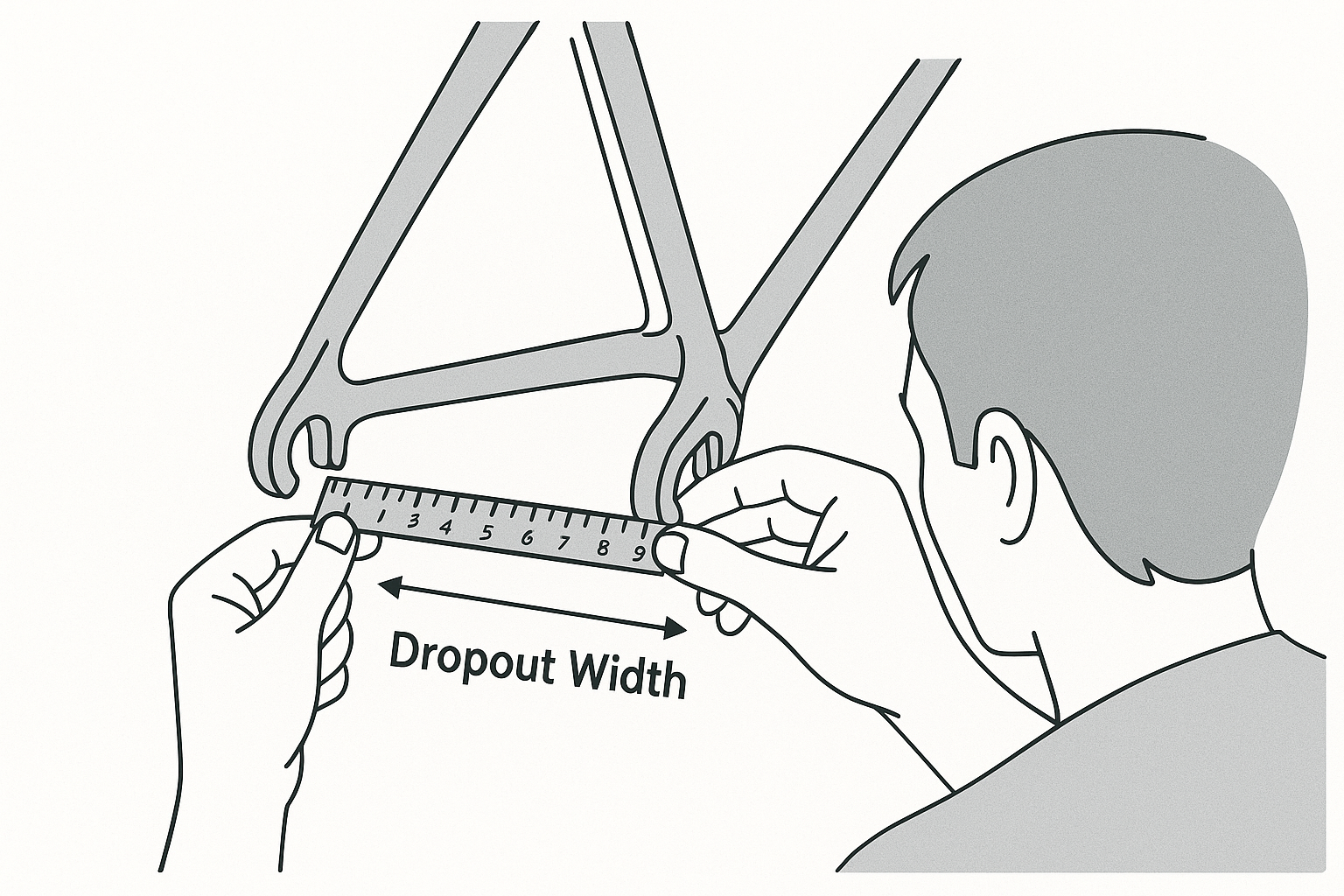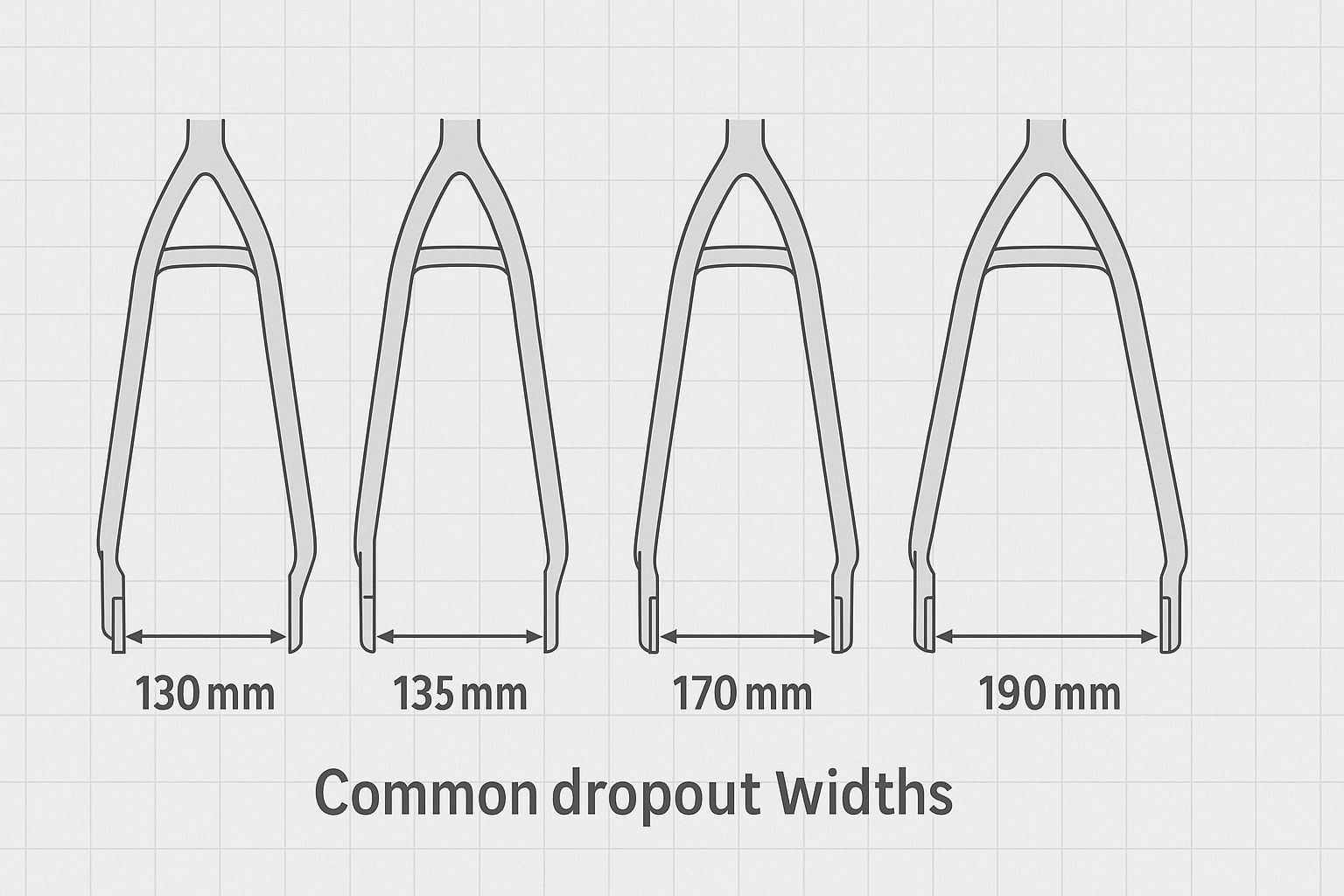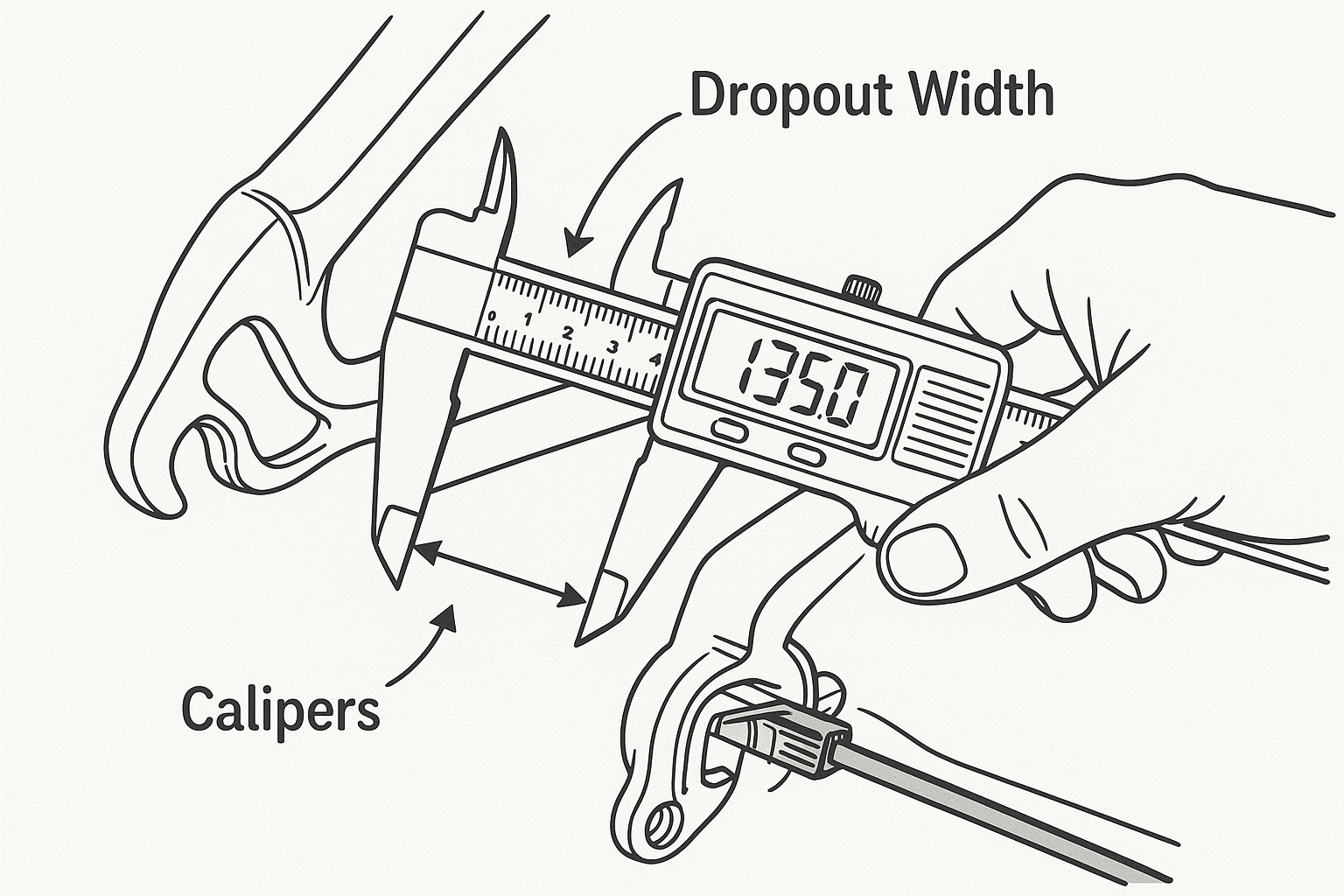Product

How to Measure Rear Dropout Fork on an eBike: A Comprehensive Guide
What is a Rear Dropout Fork?

Measuring the rear dropout fork is vital for several reasons:
How to Measure Rear Dropout Fork on an eBike
Measuring the rear dropout fork is a straightforward process that requires minimal tools. Follow these steps to ensure accurate measurements.
Tools You'll Need
A ruler or a tape measure
A flat surface
Optional: Calipers for more precise measurements
Step-by-Step Guide:
Prepare Your Bike: Place your eBike on a flat surface and ensure it is stable. You may need to use a bike stand for added stability.
Remove the Rear Wheel: Carefully detach the rear wheel from the bike. This will give you clear access to the dropout area.
Locate the Dropout Forks: Identify the two fork ends where the axle of the rear wheel was previously attached.
Measure the Inside Distance: Use a ruler or tape measure to measure the inside distance between the two dropout forks. Ensure the measurement is taken from the innermost points for accuracy.
Record the Measurement: Note down the measurement in millimeters, as this is the standard unit used for dropout widths.

Common Dropout Widths:
Road Bike: Typically have a dropout width of 130mm.
Mountain Bike: Usually feature a 135mm dropout width.
Fat Bike: Can range from 170mm to 190mm.

Tips for Accurate Measurement:
Use Calipers: For a more precise measurement, consider using calipers. This tool can provide an exact reading, especially useful for custom or less common bike frames.
Check Manufacturer Specifications: If available, refer to your bike's specifications, as manufacturers often list dropout widths in the technical details.
Double-Check: Always measure twice to ensure accuracy and avoid potential errors.






















